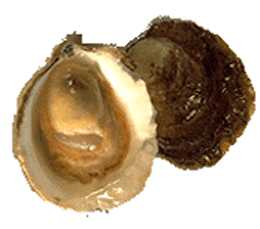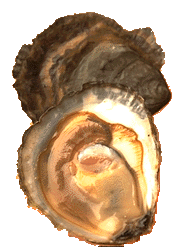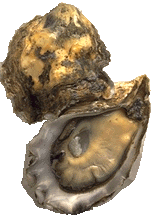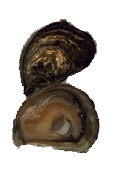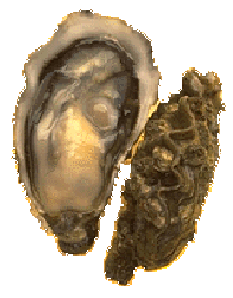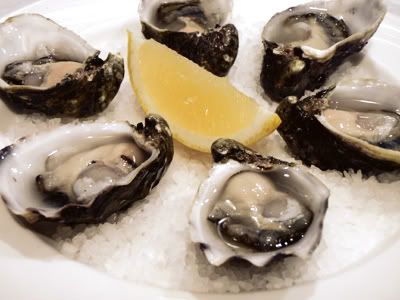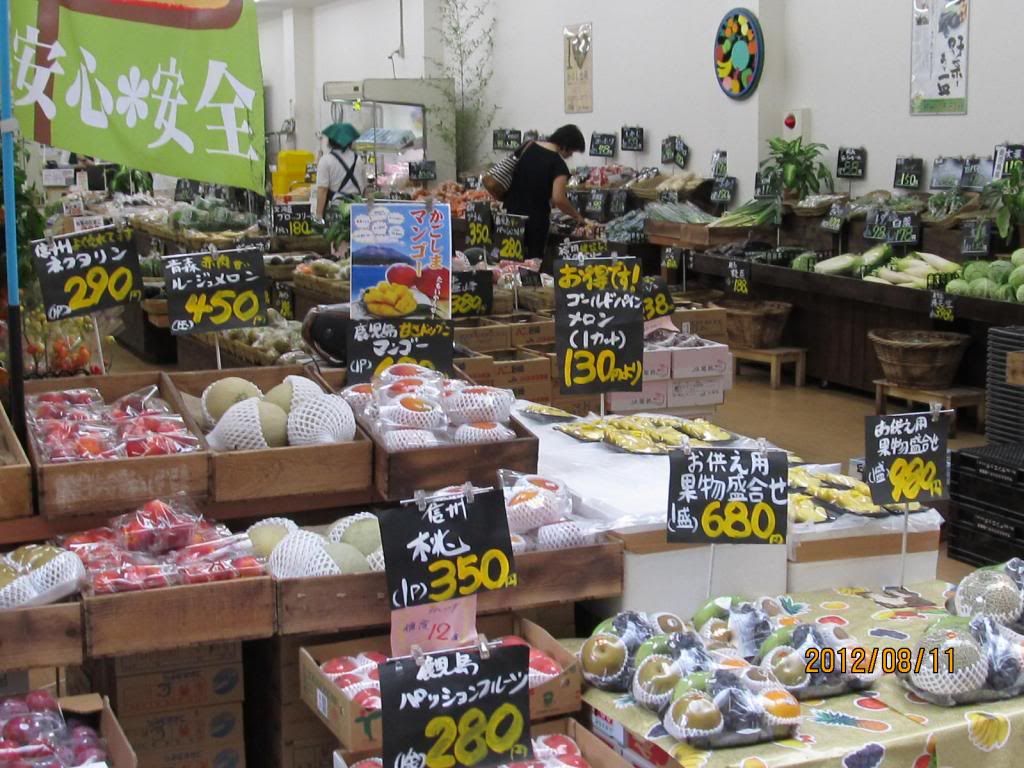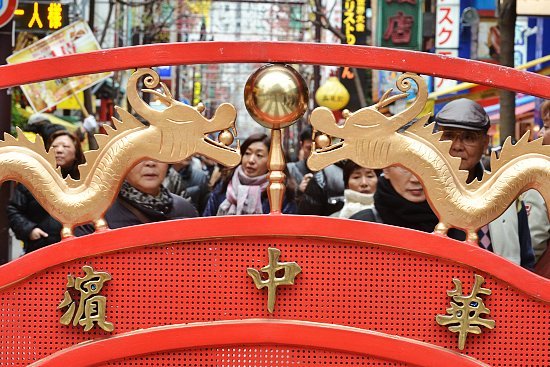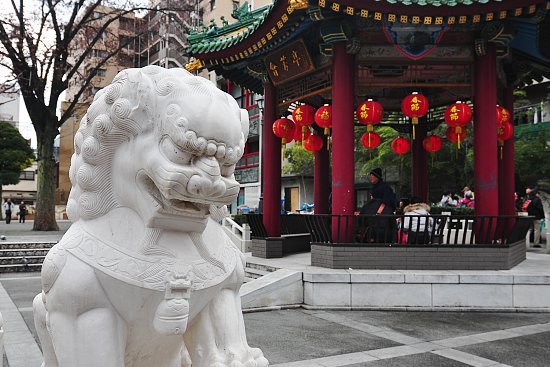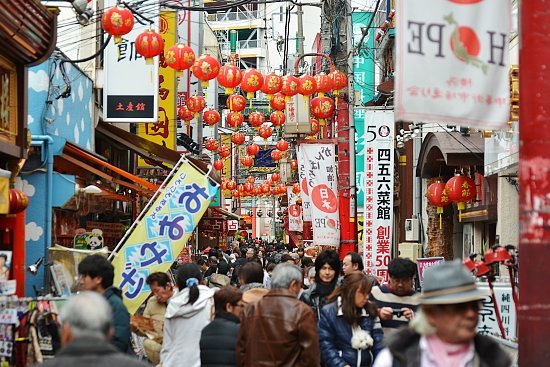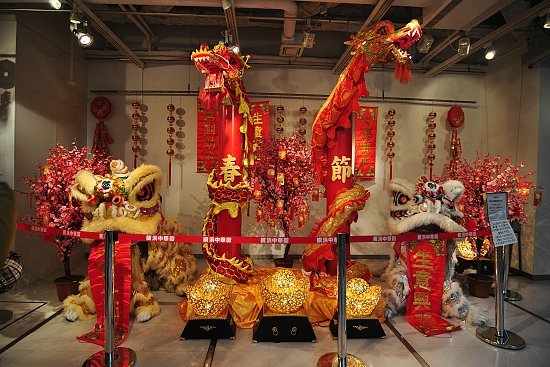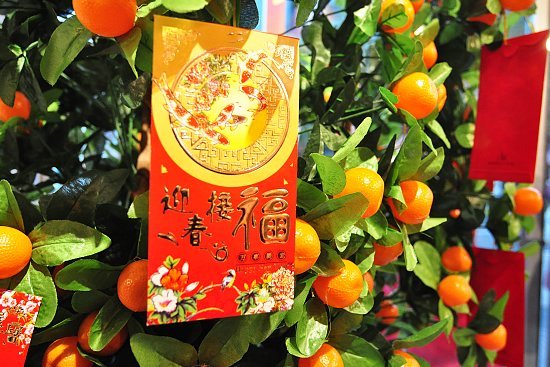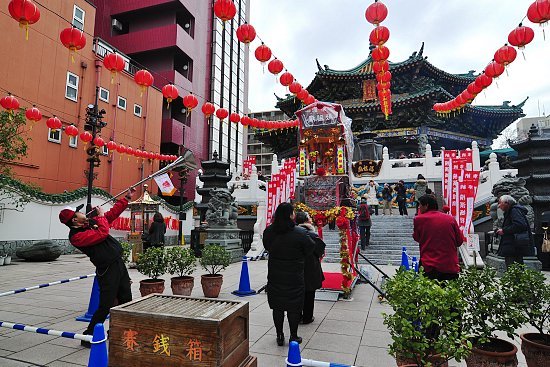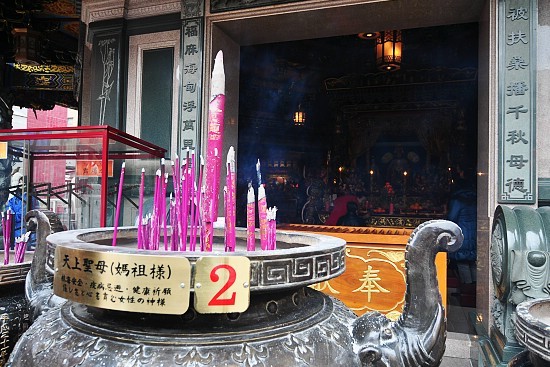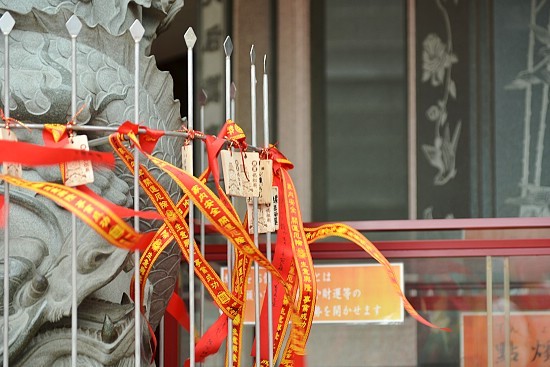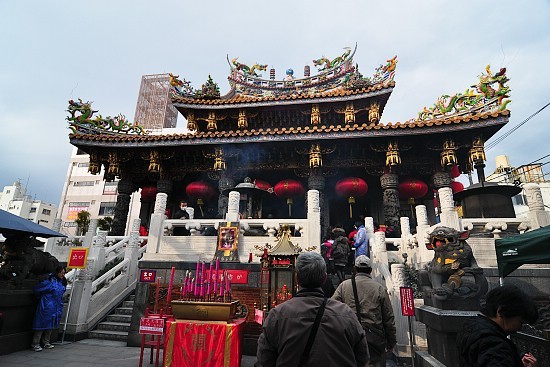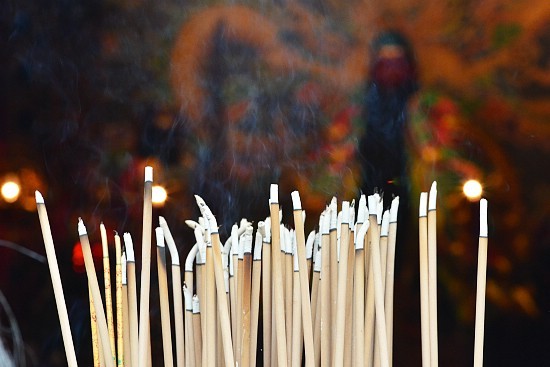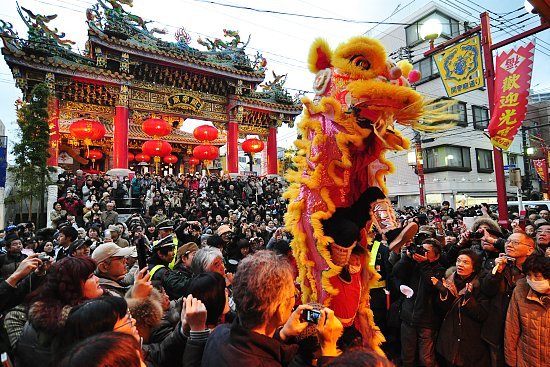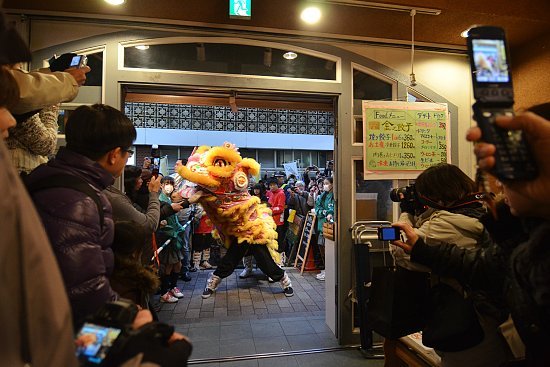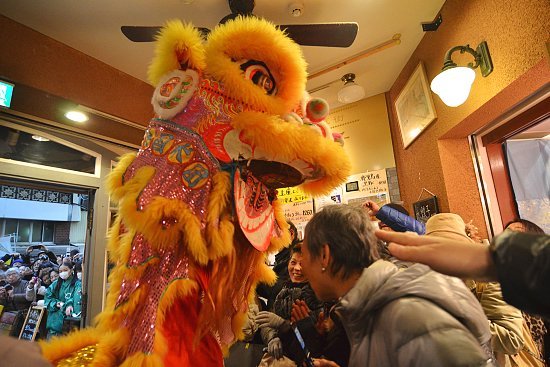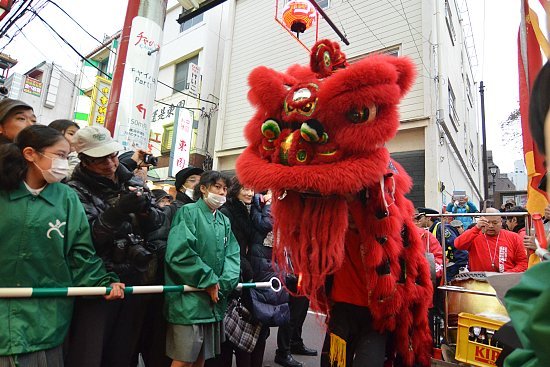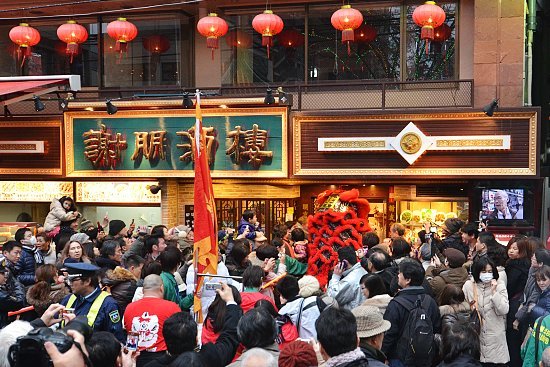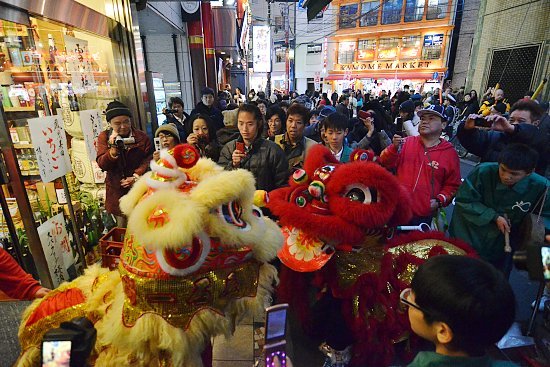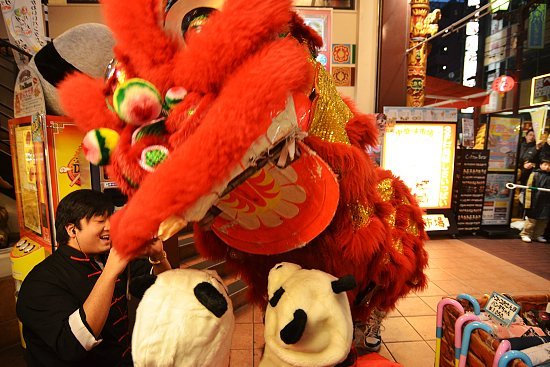Look for this landmark : Gurney Drive in Penang
There are many good Penang hawker food in this coffee shop called "Song River" along Gurney Drive. This coffee shop came to life in the evening, full of people enjoying themselves with the hawker food sold there.
The famous Sotong KangKung ( Cuttlefish KangKong) hawker stall in located in "Song River " Coffee Shop.This is a piece of art. The young man created the decoration of this popular Penang hawker food called Sotong KangKung.
The Cuttlefish KangKong (Sotong KangKung)
ADVERTISEMENT
The Kumamoto oyster, unknown in Japan, is alive and well in far-off America.
While investigating the link between this oyster no one knows about in Japan and America, I discovered the person responsible for the export of oyster seeds.
A ten-minute walk from Kumamoto station, there lives Mr. Fusao Ota (age 81) who is continuing his research to this day.
America is the world's top producer and consumer of oysters. The first Americans were able to expand their territory through the strength they got from eating oysters and wild corn, and accordingly, the oyster became highly regarded.
After the war, more than anything else, Americans wanted oyster seeds. In October 1945, the GHQ, headed by General MacArthur, requested that the Japanese government export 80,000 boxes of oyster seeds. However, there were insufficient supplies of the Miyagi Prefecture oysters and Hiroshima did not have the manpower after the atomic bombing, so oyster seeds from Kumamoto were chosen.
The majority of Kumamoto oysters had always been sent to Kagoshima, and therefore, even within Japan, not much was known about them. Obviously, they had not been exported before.
The Kumamoto oyster seeds were planted in Washington's Puget Sound. The result of the test shipment yielded an Olympia oyster-like variety in eight months. After the first and second years, it was evaluated that these oysters were characteristically small. The oyster body was small, round and completely white. With it's excellent aroma, the oyster soon replaced the Olympia oyster as the most suitable for cocktails, and the seed farmers and researchers were attracting attention.
Around 1951, the Kumamoto oyster rose into the top three ranking of Pacific oysters on the Chicago exchange, and was given the name "Western Gem."
However, America could not depend on Japan forever for its oyster seeds. The US succeeded at developing its own large-scale domestic production methods from plankton. In the later half of 1960, the US reached full domestic production, and the oyster became commonly referred to as the "Kumamoto oyster."
"Such advantageous luck in terms of both geography and humanity." "Researchers must be modest. The fishermen are most knowledgeable. When researching oysters, you become an oyster. It's wrong to think that humans are superior to oysters." "As someone who has lived through war, I want to be able to do something for peace." In the difficulties after the war, Mr. Ota devoted his time to the Kumamoto oyster, and still loves them. The Kumamoto oyster, unknown in Japan with its beautiful shape and flavor, surprises Japanese travelers to the United States.
While investigating the link between this oyster no one knows about in Japan and America, I discovered the person responsible for the export of oyster seeds.
A ten-minute walk from Kumamoto station, there lives Mr. Fusao Ota (age 81) who is continuing his research to this day.
America is the world's top producer and consumer of oysters. The first Americans were able to expand their territory through the strength they got from eating oysters and wild corn, and accordingly, the oyster became highly regarded.
After the war, more than anything else, Americans wanted oyster seeds. In October 1945, the GHQ, headed by General MacArthur, requested that the Japanese government export 80,000 boxes of oyster seeds. However, there were insufficient supplies of the Miyagi Prefecture oysters and Hiroshima did not have the manpower after the atomic bombing, so oyster seeds from Kumamoto were chosen.
The majority of Kumamoto oysters had always been sent to Kagoshima, and therefore, even within Japan, not much was known about them. Obviously, they had not been exported before.
The Kumamoto oyster seeds were planted in Washington's Puget Sound. The result of the test shipment yielded an Olympia oyster-like variety in eight months. After the first and second years, it was evaluated that these oysters were characteristically small. The oyster body was small, round and completely white. With it's excellent aroma, the oyster soon replaced the Olympia oyster as the most suitable for cocktails, and the seed farmers and researchers were attracting attention.
Around 1951, the Kumamoto oyster rose into the top three ranking of Pacific oysters on the Chicago exchange, and was given the name "Western Gem."
However, America could not depend on Japan forever for its oyster seeds. The US succeeded at developing its own large-scale domestic production methods from plankton. In the later half of 1960, the US reached full domestic production, and the oyster became commonly referred to as the "Kumamoto oyster."
"Such advantageous luck in terms of both geography and humanity." "Researchers must be modest. The fishermen are most knowledgeable. When researching oysters, you become an oyster. It's wrong to think that humans are superior to oysters." "As someone who has lived through war, I want to be able to do something for peace." In the difficulties after the war, Mr. Ota devoted his time to the Kumamoto oyster, and still loves them. The Kumamoto oyster, unknown in Japan with its beautiful shape and flavor, surprises Japanese travelers to the United States.


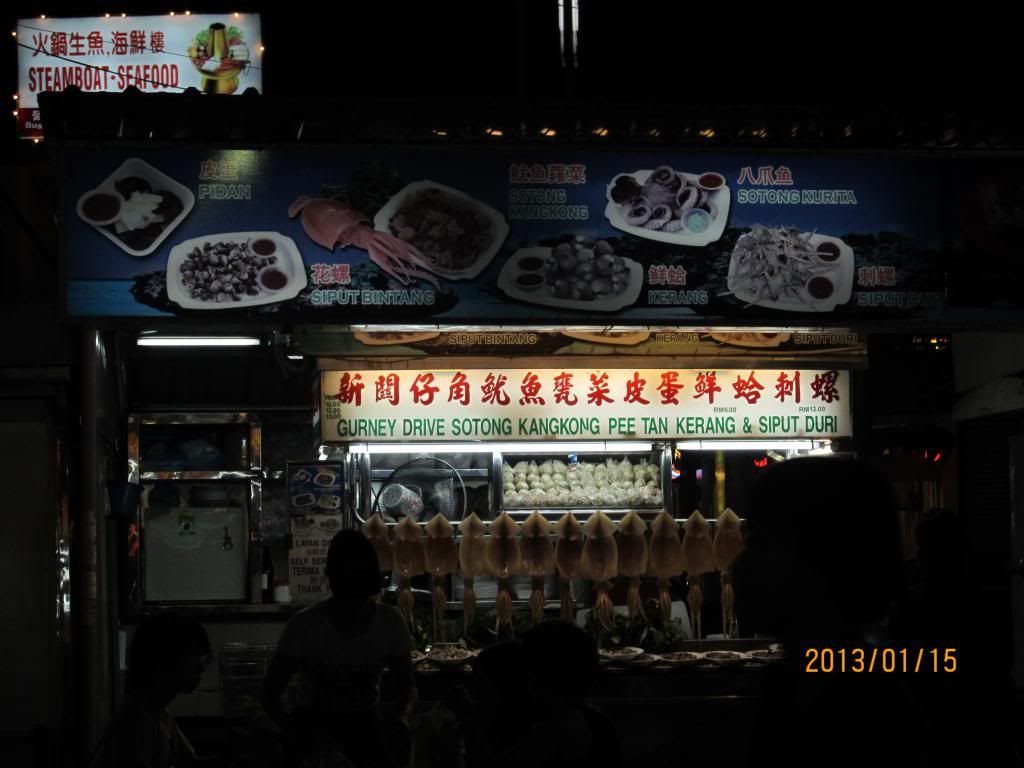

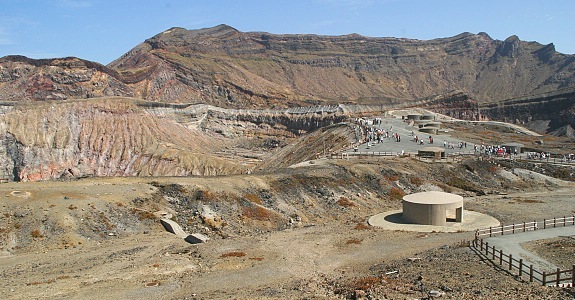
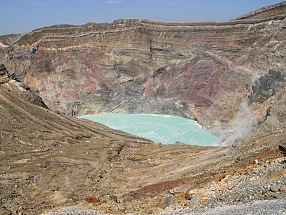
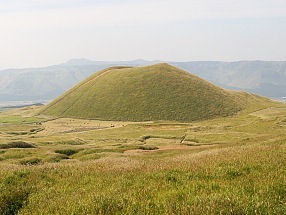
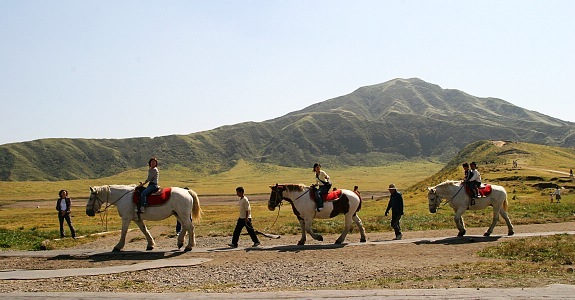
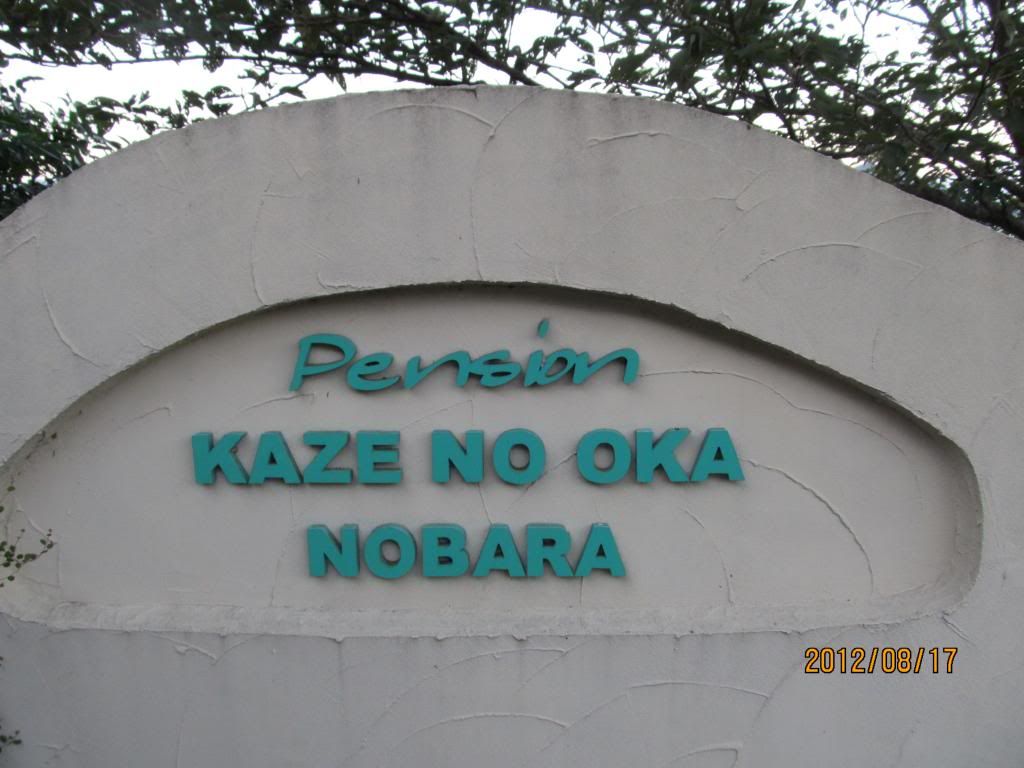

 Quick description
Quick description







